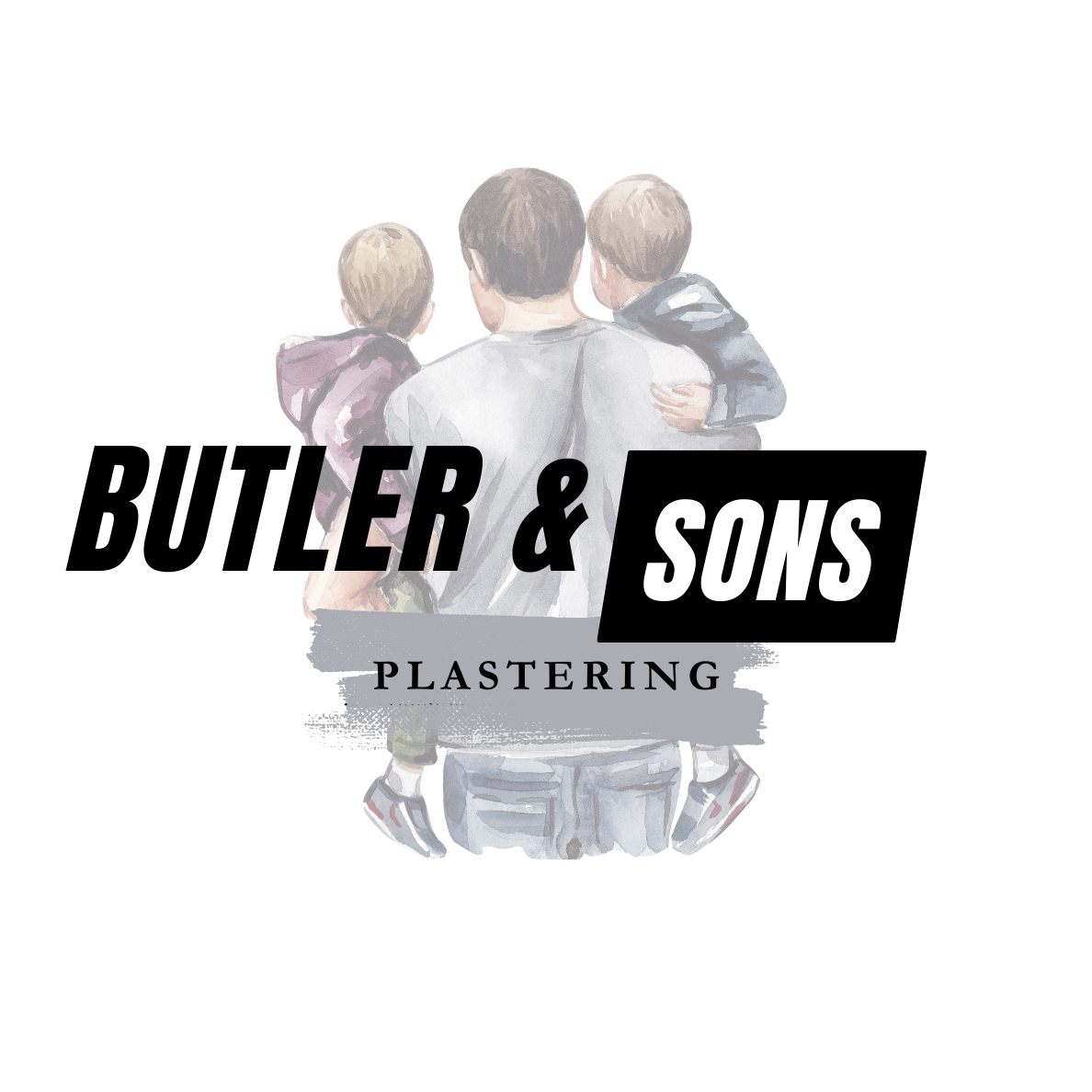Beginners guide on how to plaster a wall…
At some point, homeowners inevitably face the task of re-plastering ceilings and walls and performing minor cosmetic touch-ups. Plastering can be a time-consuming process, and understanding its intricacies and necessary preparations is crucial, especially for beginners unfamiliar with the process. In this article, we'll explore some practical tips for plastering walls, tailored for novices and DIY enthusiasts.
Please Note:
We strongly advise homeowners with no prior experience to enlist the services of professional plasterers for any plastering work on their property. Incorrect techniques can lead to costly repairs. While this article aims to offer guidance on wall plastering, feel free to reach out to Butler and Sons Plastering for a complimentary quote and professional assistance.
Inspecting the Wall Quality The method for plastering varies based on the wall's condition. For smooth walls, basic tools suffice, while walls with imperfections may require special tools like beacons.
You can undertake wall plastering yourself if you follow the steps meticulously. Proper base preparation and precise measurements are crucial, and using high-quality tools makes the job easier.
Applying Primer Before Plastering Priming the surface before plastering ensures better adhesion of the mixture. In some cases, primer acts as a preventive measure against mold and pests. It's applied prior to installing beacons if needed.
Sometimes, instead of primer, a reinforcing mesh (suitable for even walls) or shingles can be used to enhance adhesion to the surface, provided they are properly secured.
Types of Plasters:
There are various types of plasters, but the most common ones are:
Cement: suitable for both interior and exterior wall plastering. It's a beginner-friendly option and offers durability, tolerating temperature changes and moisture well.
British Gypsum: doesn't require a finishing layer like cement plaster but is more sensitive to extreme temperatures and may be less durable.
For Small Area Finishing, Ready-Made Mixtures are Preferred This approach prevents errors in mixing and saves time. Achieving the ideal consistency with manually mixed solutions can be time-consuming and prone to mistakes.
Plaster Application Techniques Plastering follows a three-stage process:
Applying a reinforcing layer to fill in holes and irregularities.
Leveling layer application after the first layer dries.
Final alignment for finishing.
Afterward, priming the surface is essential. Finishing layer leveling is done with a special rule. For more insights into different application methods, British Gypsum provides a comprehensive article.
When it comes to finishing small areas, opting for a ready-made mixture is the smarter choice. This approach eliminates errors in ingredient mixing, saving both time and effort. Achieving the ideal consistency often requires prolonged stirring and gradual water addition, which, if not done correctly, can lead to issues.
Application Techniques
For Wall Plastering Proper application techniques are crucial for any coating. Plastering typically involves three stages:
Stage 1: Applying a reinforcing layer to fill potholes and irregularities. Stage 2: Applying a leveling layer after the first one has dried. Stage 3: Aligning the finishing layer.
After completing these stages, don't forget to prime the surface! The leveling of the finishing layer is done with a special rule. For more detailed application methods, refer to British Gypsum's informative article.
Allow Sufficient Time for Drying Thorough drying of any coating is essential. Failure to let the coating dry properly can result in wall cracking, necessitating redoing the work. If you're dissatisfied with the outcome to some extent, textured plaster can be used to conceal roughness and unevenness. However, if you're unsure about applying the relief layer yourself, consider reaching out to our expert plasterers at Butler and Sons Plastering.
Preparation of Necessary Tools for Wall Plastering
While you may not need to purchase the full toolbox of plastering gear, you'll still need to invest in essential tools. Apart from the standard trowel, corner trowel, speedskim and a specialised leveling tool for corners are necessary. Additionally, consider investing in a building level and special beacons to simplify the entire process.
Choosing the Right Plastering Contractor
If all of this seems overwhelming, don't worry, we understand! Plastering can be daunting for those who haven't done it before. That's where our team of expert plasterers at Butler and Sons Plastering comes in. Based down in the not so sunny south west of the UK Bournemouth. Simply reach out to us for a free consultation, and our professionals will address your needs promptly.

